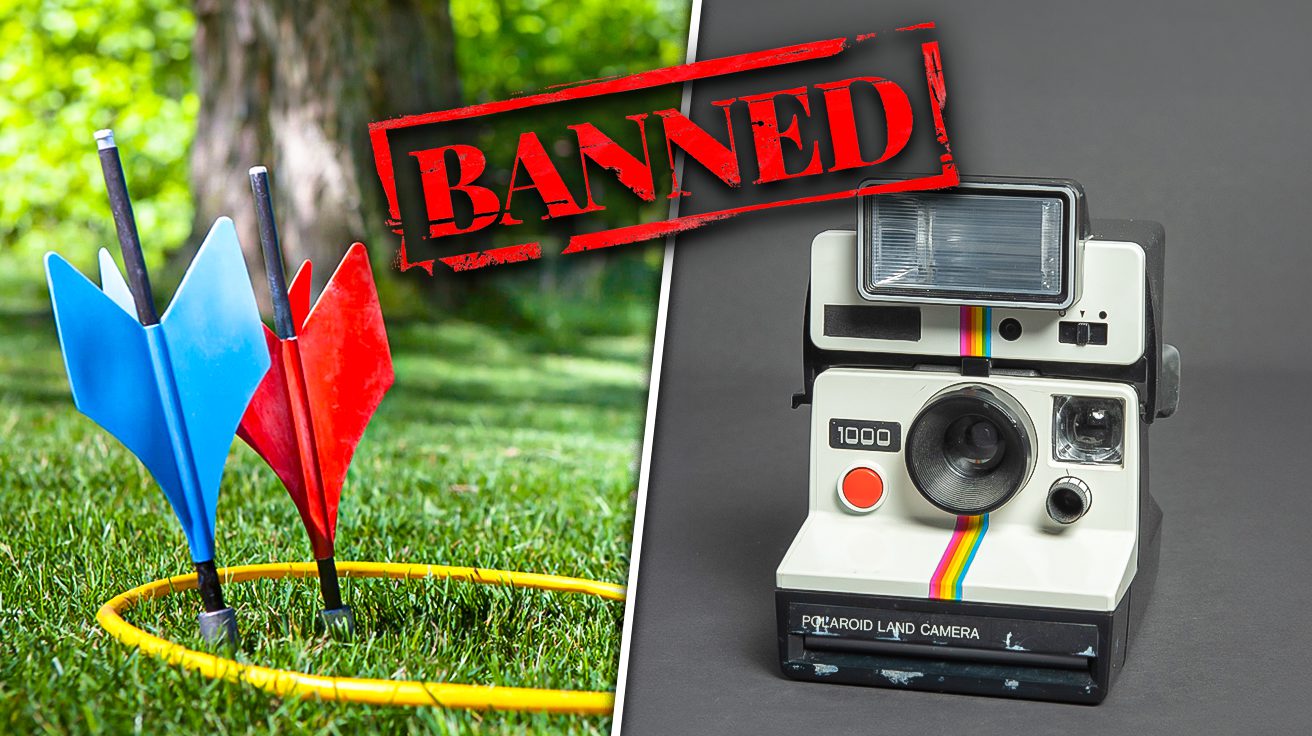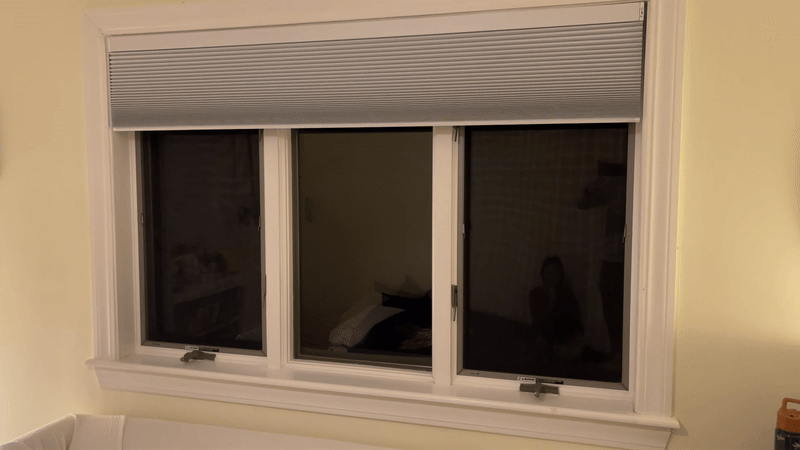The 1980s—that neon-drenched era of big hair and bigger technological promises. While we fondly remember our first computers and cutting-edge gadgets, many of these innovations harbored dark secrets beneath their plastic shells.
Those innocent-looking devices sitting on shelves and entertainment centers packed unexpected health hazards that would make today’s safety engineers break into a cold sweat. The safety standards we take for granted today were often written in response to these very products.
13. Trichloroethylene (TCE)
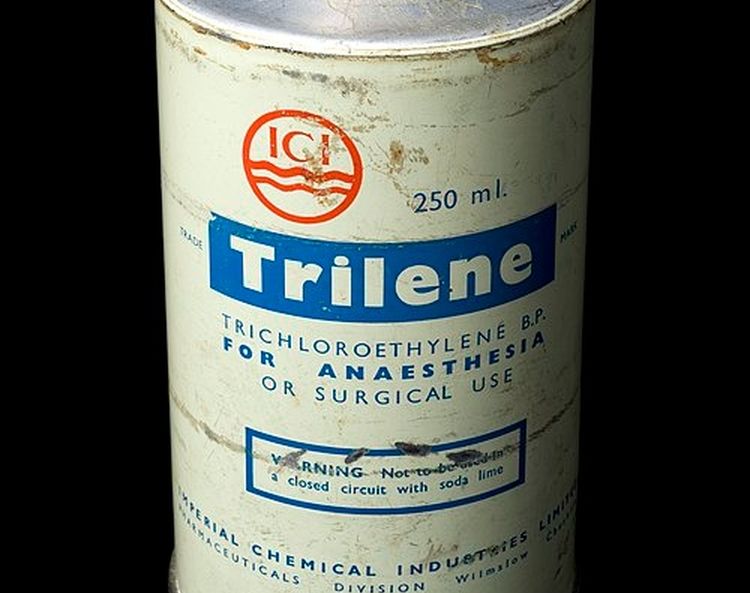
This sweet-smelling chemical hid deadly potential beneath its pleasant aroma. Trichloroethylene—TCE for short—was the industrial world’s go-to cleaning solution: a miracle degreaser that cut through oil and grime like nothing else. Factory workers routinely handled this clear liquid without protection, often coming home with the distinctive sweet smell clinging to their clothes.
That pleasant aroma was actually your olfactory system’s urgent warning about inhaling a powerful carcinogen. TCE exposure operated like a deferred payment plan—headaches and dizziness initially, followed later by kidney damage and nervous system deterioration.
Factory neighborhoods developed concerning health patterns as the chemical leached into groundwater, creating invisible contamination beneath suburban developments. Many Superfund cleanup sites today exist primarily because of TCE contamination. Caught trying to clean tough industrial grime? Water-based citrus degreasers now match TCE’s cleaning power without releasing a single harmful molecule.
12. Mercury Thermostats
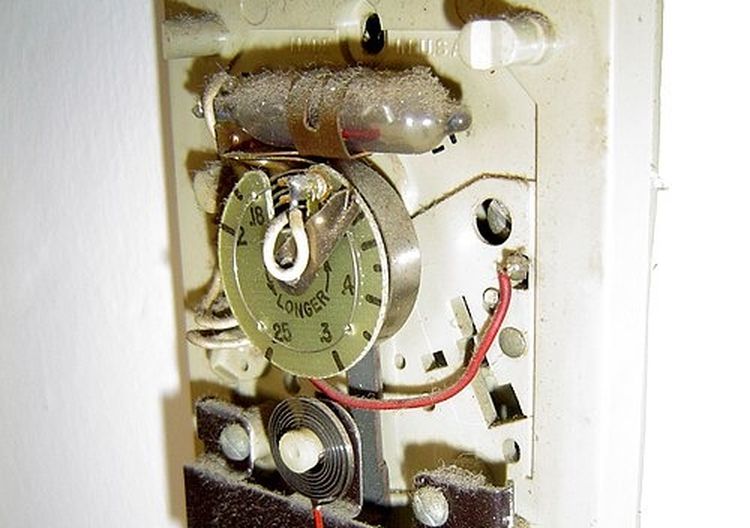
That seemingly harmless temperature controller on your wall? For decades, it contained enough neurotoxin to concern environmental experts. Mercury thermostats essentially gambled with your central nervous system, hiding liquid metal poison behind an unassuming beige cover.
These devices contained a glass vial of mercury that tilted to complete an electrical circuit—elegant engineering with catastrophic failure potential. When these thermostats broke—and they did—they released silvery mercury droplets that scattered like energetic ball bearings across floors and into cracks, continuously releasing invisible vapor for years.
A thermostat contained enough mercury to contaminate 20,000 gallons of water beyond safe levels. Temperature control precision jumped 400% with digital systems while completely clearing the need for harmful metals—a rare technological leap that improved both performance and safety simultaneously. Many more of these dangerous household items that no longer exist hid risks that would be unthinkable today.
11. Asbestos Insulation
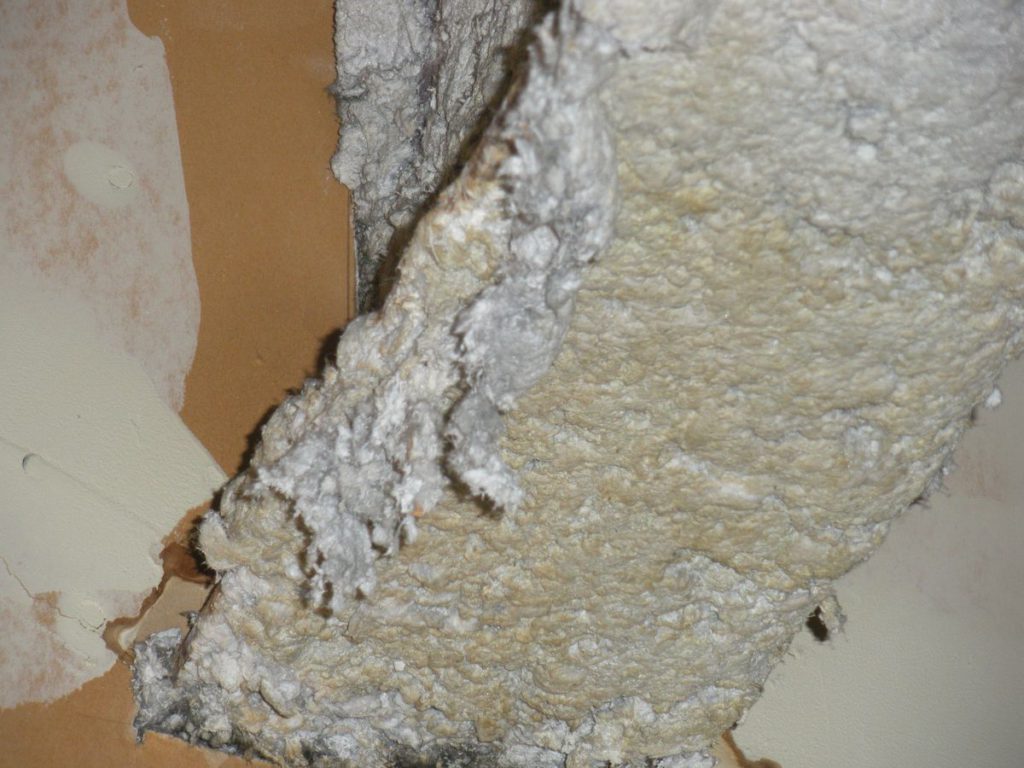
The miracle mineral that wasn’t. Asbestos insulation was the technological equivalent of a devil’s bargain—incredible fire resistance and insulating properties paired with an aggressive cancer-causing downside that wouldn’t become apparent for decades. This fibrous mineral lined pipes, wrapped ducts, and insulated attics in millions of homes, silently waiting to release its microscopic fibers when disturbed.
The particularly insidious aspect was the delayed reaction—like a biological time bomb with a 20-40 year fuse. Workers who installed the material in the 1960s and 70s wouldn’t develop mesothelioma or asbestosis until the 1990s or 2000s.
The mineral’s structure allowed it to damage lung tissue at a microscopic level, creating scars that eventually developed into cancer. Cancer appeared 20-40 years after exposure, making this the ultimate delayed-reaction health disaster. Modern building materials like fiberglass and mineral wool insulation provide similar thermal benefits without the serious health risks.
10. Polaroid Flash Cameras

If you loved capturing memories but feared burns, Polaroid cameras with flashbulbs posed a peculiar dilemma. The hidden danger lay in those flash units that contained magnesium filaments burning at extremely high temperatures—magnesium ignites at approximately 2,200-3,100°F—all protected by a thin glass bubble mere inches from your face.
Changing those bulbs after use? That’s when the real fun began. Touch one too soon after firing and you’d earn a souvenir blister alongside your family photo. A legitimate safety concern came from documented cases of flashbulbs that occasionally ruptured, sending hot glass fragments toward the photographer.
Night photography took a giant leap forward with LED technology, reducing burn injuries by over 95% while delivering more consistent lighting for your midnight selfies.
9. Cathode Ray Tube Televisions

Those chunky CRT televisions sitting on entertainment centers contained between 2-5 pounds of lead—enough to raise serious environmental concerns. These electronic anchors were known to tip over, contributing to approximately 15,400 injuries annually from furniture and TV tip-overs in the early 2010s, according to the Consumer Product Safety Commission.
Behind that screen, electron guns fired constantly at phosphor-coated glass containing cadmium and lead, while FDA regulations limited X-ray emissions to less than 0.5 milliroentgens per hour (most sets emitted below measurable levels). If that screen broke? You’d release hazardous materials that today would warrant special handling.
If you’re a collector of vintage electronics, securing these heavy units to walls isn’t just recommended—it’s essential for preventing both physical injuries and toxic exposure.
8. Early Electric Blankets

The cozy electric blanket—winter’s most confusing innovation—combined comfort with combustibility. Is it a blanket? A low-voltage appliance? A potential fire hazard? In the 80s, it was all three! These sleep accessories combined the worst aspects of both textiles and electronics: fabric that wears out and wiring that frays.
The resulting combination created conditions for turning your peaceful slumber into a serious fire risk without warning. Older models lacked even rudimentary safety features found in today’s toasters. No automatic shutoff, no overheat protection—just continuous electricity flowing through increasingly degraded wires wrapped around your sleeping body.
According to the National Fire Protection Association, electric blankets caused approximately 1,000 house fires annually during their peak popularity in the 1980s. Struggling with winter bills while staying warm? Modern microfleece heated blankets use less energy while incorporating triple redundant safety systems that virtually eliminate fire risk.
7. Lawn Darts

Not every dangerous 80s product plugged into a wall—some were deceptively analog. Lawn darts represented perhaps the most questionable toy design in modern history: foot-long metal spears with weighted tips, designed to be hurled through the air by players of all ages.
Imagine combining javelins and darts, then marketing them as a casual backyard game for the whole family. What could possibly go wrong? According to Consumer Product Safety Commission records, lawn darts were associated with approximately 6,100 emergency room visits at their peak, with a total of five children who died from what was essentially medieval weaponry marketed as fun for the whole family.
These flying hazards could cause serious injuries when they missed their plastic ring targets—which they frequently did. The Consumer Product Safety Commission finally banned them in 1988, decades after someone should have questioned whether miniature weapons of medieval warfare belonged at family picnics.
6. Chlorine-Based Pesticides
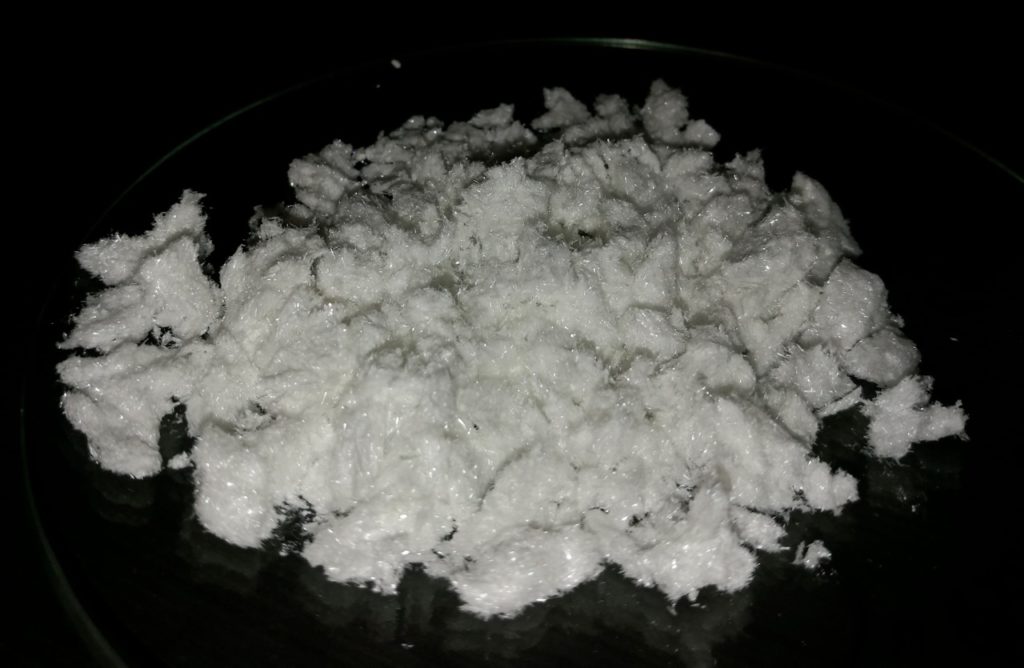
The 1980s approach to pest control resembled chemical warfare more than modern integrated pest management. The majority of American homes unknowingly built toxic environments with these persistent chemicals. These chemicals were sprayed with abandon around home foundations, gardens, and even directly onto lawns where children played.
The concerning connection between these pesticides and human health included nervous system damage, liver problems, and various cancers—a high price to pay for keeping ants out of the kitchen. These chemicals’ half-lives measured in decades meant that applications from the Reagan era continued poisoning soil well into the smartphone age.
If you’re concerned about both pests and family safety, botanical insecticides now offer 95% effectiveness against common household invaders while breaking down completely within days instead of decades.
5. Aerosol Sprays (CFCs)

The 80s big hair obsession came with planet-sized consequences. Aerosol hairsprays, deodorants, and countless other spray products contained chlorofluorocarbons (CFCs)—chemicals that performed flawlessly in cans but wreaked havoc in the atmosphere.
Every time someone achieved perfect bangs or freshened up their Polo shirt, they were unwittingly participating in a global experiment in atmospheric chemistry. These supposedly safe cans sent CFC molecules skyward where they systematically damaged Earth’s UV protection—the ozone layer. According to NOAA data, a single CFC molecule destroys 100,000 ozone molecules before breaking down, with atmospheric lifetimes of around 45 years.
The 1987 Montreal Protocol became one of the few global environmental success stories, phasing out these compounds by 1996 in developed countries and allowing the ozone layer to slowly heal. This aerosol propellant technology reduces greenhouse gas impact by 99% while maintaining the same convenient spray patterns—proving environmental responsibility doesn’t require sacrificing performance.
4. Lead-Based Paint
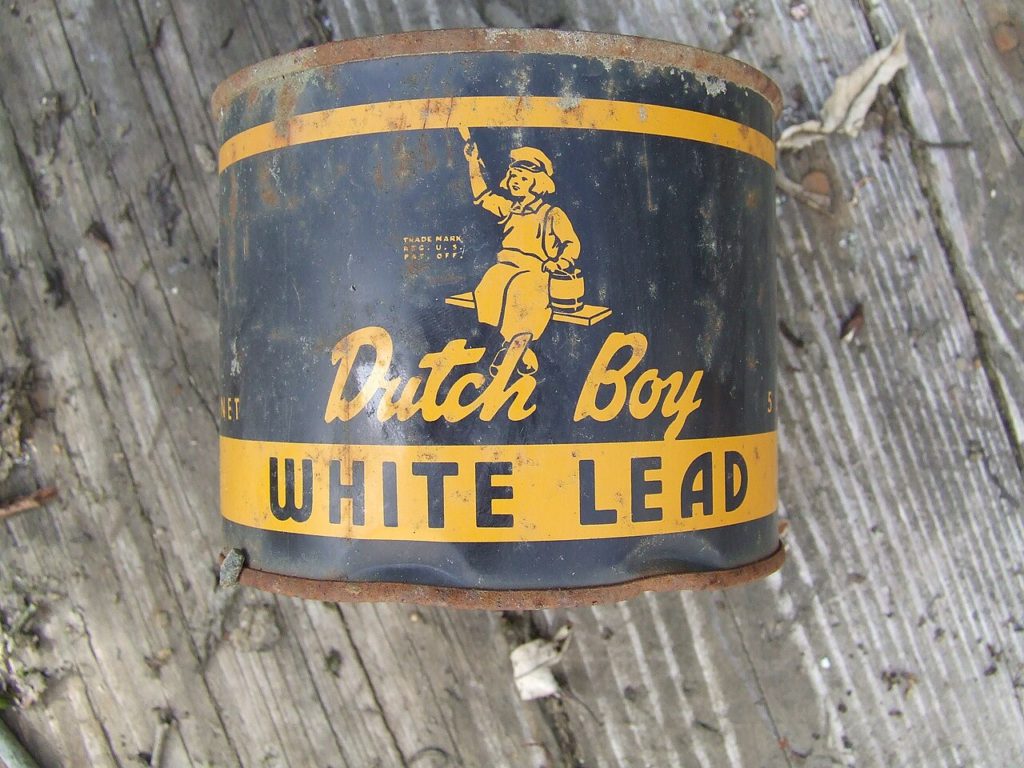
If you’re renovating a pre-1978 home, beware the colorful poison lurking on your walls. That gorgeous vintage color palette in pre-1978 homes? Secretly trying to poison everyone inside. Lead-based paint was the silent villain in millions of American homes, disguised as cheerful colors on walls, windowsills, and children’s furniture.
As this paint aged, it generated invisible lead dust and sweet-tasting chips that children found irresistible—essentially candy laced with neurotoxins. The health impacts read like a horror movie synopsis. Even minimal lead exposure permanently damaged developing brains, causing reduced IQ, learning disabilities, and behavior problems.
Adults weren’t spared either, suffering from kidney damage, high blood pressure, and reproductive issues. Home renovators who sanded old painted surfaces without testing essentially created lead dust clouds that poisoned entire households. Modern paints have eliminated lead while maintaining durability and color quality.
3. Dalkon Shield IUD
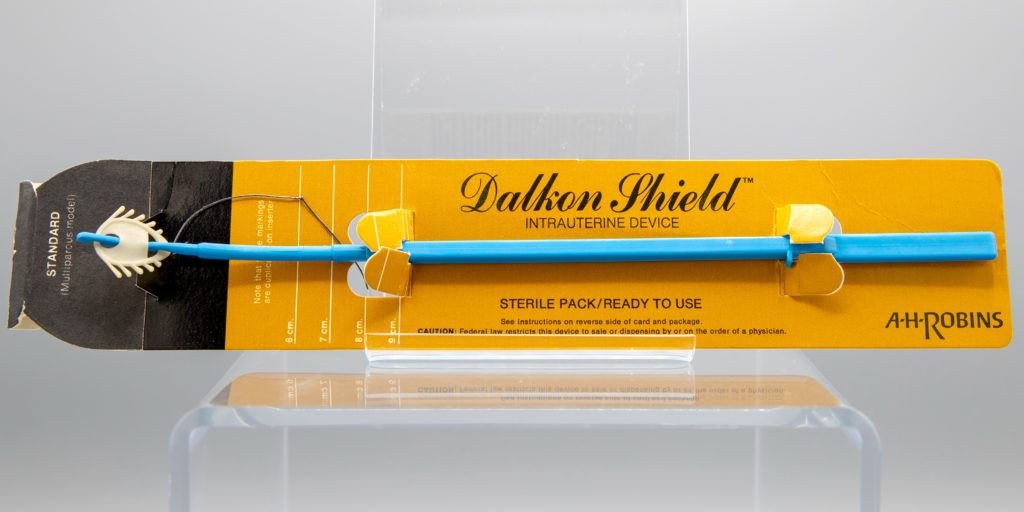
Before apps tracked reproductive health, women relied on physical devices like the notorious Dalkon Shield IUD. This small plastic contraceptive resembled a medieval torture device and functioned with similar regard for women’s well-being. Its unique “breakthrough” design feature—a multifilament string—essentially constructed a superhighway for bacteria to travel from the vagina into the uterus, causing devastating infections.
The resulting pelvic inflammatory disease epidemic affected approximately 200,000 women who suffered devastating reproductive health damage from this flawed medical device. Women experienced permanent damage, including infertility, chronic pain, and for some, fatal infections.
The particularly egregious aspect was the manufacturer’s response: continuing to market the product despite mounting evidence of harm. The company eventually filed for bankruptcy under the weight of lawsuits, but that provided little comfort to women left unable to have children.
2. Ephedra-Based Supplements
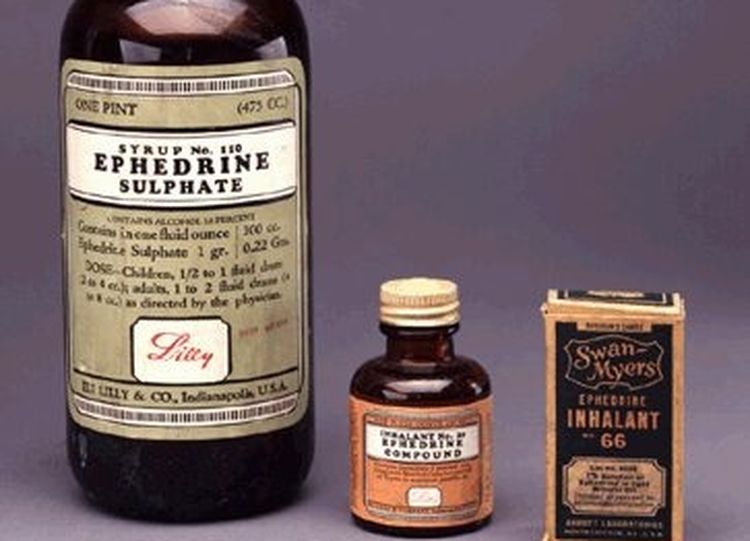
The original “miracle” weight loss solution that came with bonus cardiac events. Before Instagram fitness influencers pushed questionable supplements, ephedra-based diet pills dominated the market with promises of effortless weight loss and energy boosts.
These pills essentially worked by putting your cardiovascular system into panic mode, like trying to lose weight by having someone jump out and scare you every 20 minutes. The active ingredient, ephedrine, stimulated the central nervous system and heart with effects similar to mainlining espresso and anxiety.
Between 1995 and 2005, these supplements were linked to 155 deaths. These weight loss pills were heart attacks in a bottle. They caused countless emergency room visits for strokes, heart attacks, and psychiatric episodes. The FDA finally banned ephedra in 2004 after years of industry resistance.
1. Lead-Based Cosmetics

Before today’s clean beauty movement, makeup sometimes contained ingredients with serious health implications. Lead compounds in cosmetics delivered that coveted pale complexion that was fashionable for centuries. Historical analyses show some cosmetics contained lead concentrations exceeding 40-70% lead carbonate, essentially painting poison directly onto the skin.
Regular use led to a range of symptoms from skin damage to neurological problems, and in extreme cases, death from lead toxicity. While popular history associates Queen Elizabeth I’s appearance with lead-based white makeup, and her symptoms were consistent with lead poisoning, direct documentation doesn’t confirm this specific cause.
While strictly regulated today, lead still occasionally appears in imported cosmetics, particularly kohl eyeliners and certain bright lipsticks according to WHO reports. Modern beauty standards may still be problematic, but they’re significantly less likely to damage your central nervous system.


